Names of ships, aircraft and other vehicles follow a set style. Using the correct style helps people identify the names of vehicles in text.
Italicise specific names and use capitals
Write the names of individual ships, aircraft and other vehicles:
- in italics
- with initial capitals.
This makes the name of the ship, aircraft or other vehicle clear. The name contrasts with the rest of the sentence.
Don't use the definite article for navy ships.
Example
- HMAS Canberra is the Royal Australian Navy’s flagship.
- Australian–American astronaut Andy Thomas flew his first flight in space aboard the Endeavour.
- The Indian Pacific travels 4,532 kilometres from Perth to Sydney.
Accessibility requirements
Screen readers don’t pronounce italics. Use the semantic tag <em> to provide emphasis for italicised names in HTML.
Names in citations
Separate the names of vehicles from titles in citations and reference lists. Separate them according to the type of publication:
- If the title is in italics (such as in book and website titles), use roman type for the name of the vehicle.
- If the title is in roman type (such as a journal article), use italics for the name of the vehicle.
Example
- Mair C (2013) The lucky ship: the nine lives of the Australian coaster Tambar 1912–1960, Nautical Association of Australia, Australia.
- McMaugh D (21 March 2020) ‘Albatross breaks bread with women in need of a hand’, Navy Daily, accessed 24 March 2020.
Don’t write brands or types of vehicles in italics
Begin the names of the brands, models and classes of vehicles with an initial capital letter but don’t use italics.
Example
- She was driving a Toyota Corolla.
- A Boeing 737 brought the Australians home.
- They travelled in a Commodore for the last part of the journey.
Don’t italicise or capitalise types of ships, aircraft or other vehicles. Use an initial capital for a generic name only if it starts a sentence.
Example
- During the Second World War, flying boats were deployed to strike remote enemy targets to Australia’s north.
- The Waco 10 was an open-cockpit biplane introduced in 1927.
- Mail trains stop at every town, adding hours to the trip.
Don’t italicise the definite article (the word ‘the’) before the vehicle’s name unless it is part of the name.
Example
- The Ghan takes 54 hours to travel from Adelaide to Darwin. [The definite article is part of the train’s name.]
- The Dreamtime was on the shortlist for the name of Qantas’s new fleet of Boeing 787 Dreamliners. [The definite article is not part of the ship's name.]
Don’t put the abbreviated parts of a ship’s name in italics.
Example
- HMAS Arunta, HMAS Sydney
- The PS Albury travelled the Murray River in the mid-1800s.
Don’t use italics for the ship’s class name.
Example
HMAS Anzac (III) is the lead ship of eight Anzac Class frigates.
Refer to vehicles with the pronoun ‘it’
Use the pronoun ‘it’ for ships, aircraft and other vehicles. Do not write ‘she’ when referring to vehicles in government content. Use pronouns that reflect gender-neutral language.
Example
Brisbane was the first stop for the replica Endeavour on its maiden circumnavigation of Australia.
Release notes
The digital edition expands on advice from the sixth edition about ships, aircraft and other vehicles. It adds explicit advice about using gender-neutral language to refer to ships. It includes guidance on referring to spacecraft.
The Content Guide did not cover this topic.
About this page
References
Australian Maritime Safety Authority (n.d.) List of registered ships, AMSA website, accessed 9 June 2020.
Judd T (21 March 2002) ‘Lloyd’s List takes sex out of shipping’, The Independent, accessed 9 June 2020.
Mellefont J (2000) ‘Heirlooms and tea towels: views of ships’ gender in the modern maritime museum’, The Great Circle, 22(1):5–16.
National Museum of Australia (n.d.) ‘Italics’, Style guide, National Museum of Australia website, accessed 2 December 2019.
National Museum of Australia (n.d.) ‘Gender’, Style guide, National Museum of Australia website, accessed 9 June 2020.
Oxford University Press (2016) ‘5.16: Ships, aircraft and vehicles’, New Oxford style manual, Oxford University Press, Oxford.
University of Chicago (2017) ‘Names of ships and other vehicles’, Chicago manual of style, 17th edn, University of Chicago Press, Chicago.
Last updated
This page was updated Wednesday 19 April 2023.

